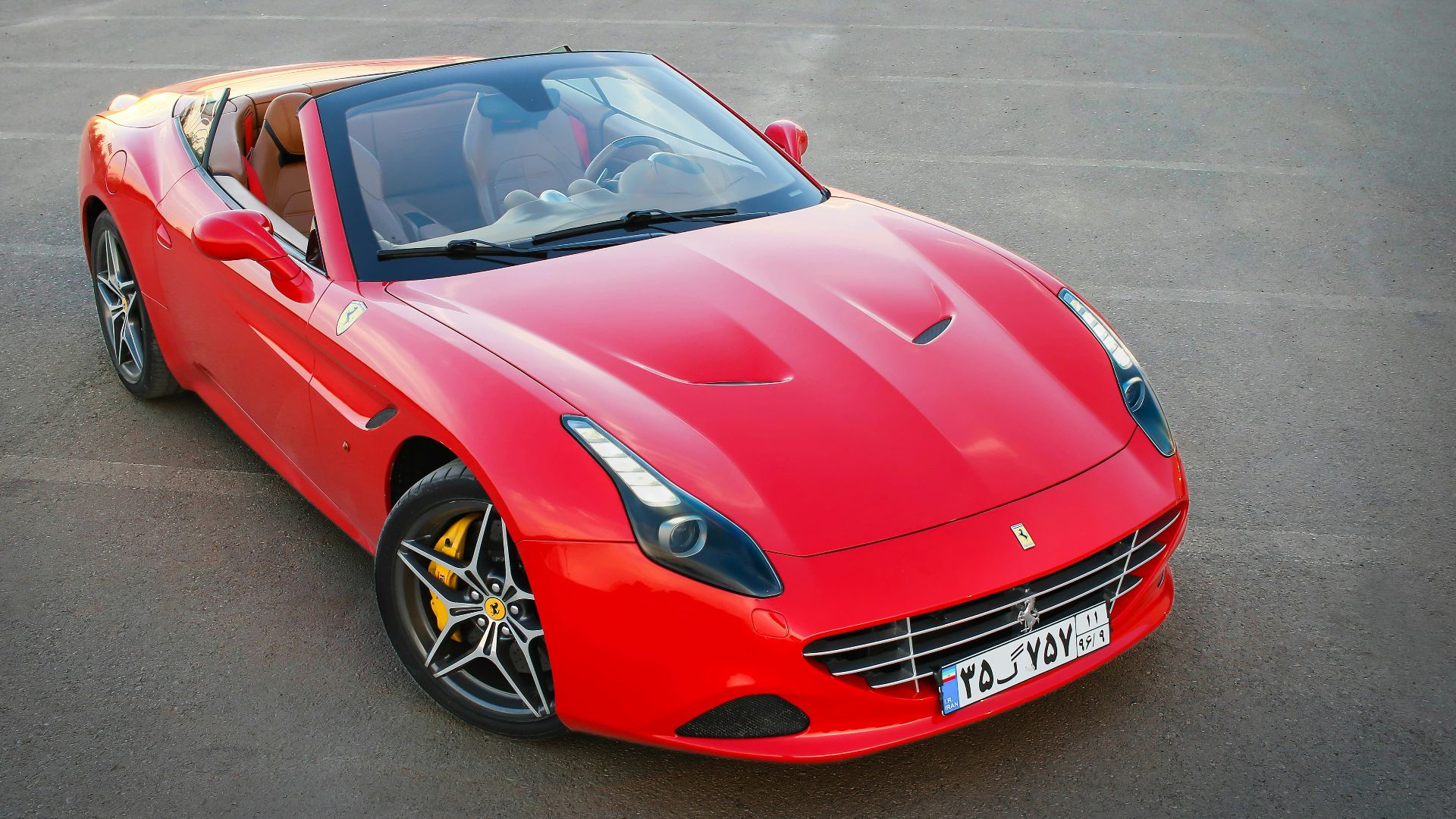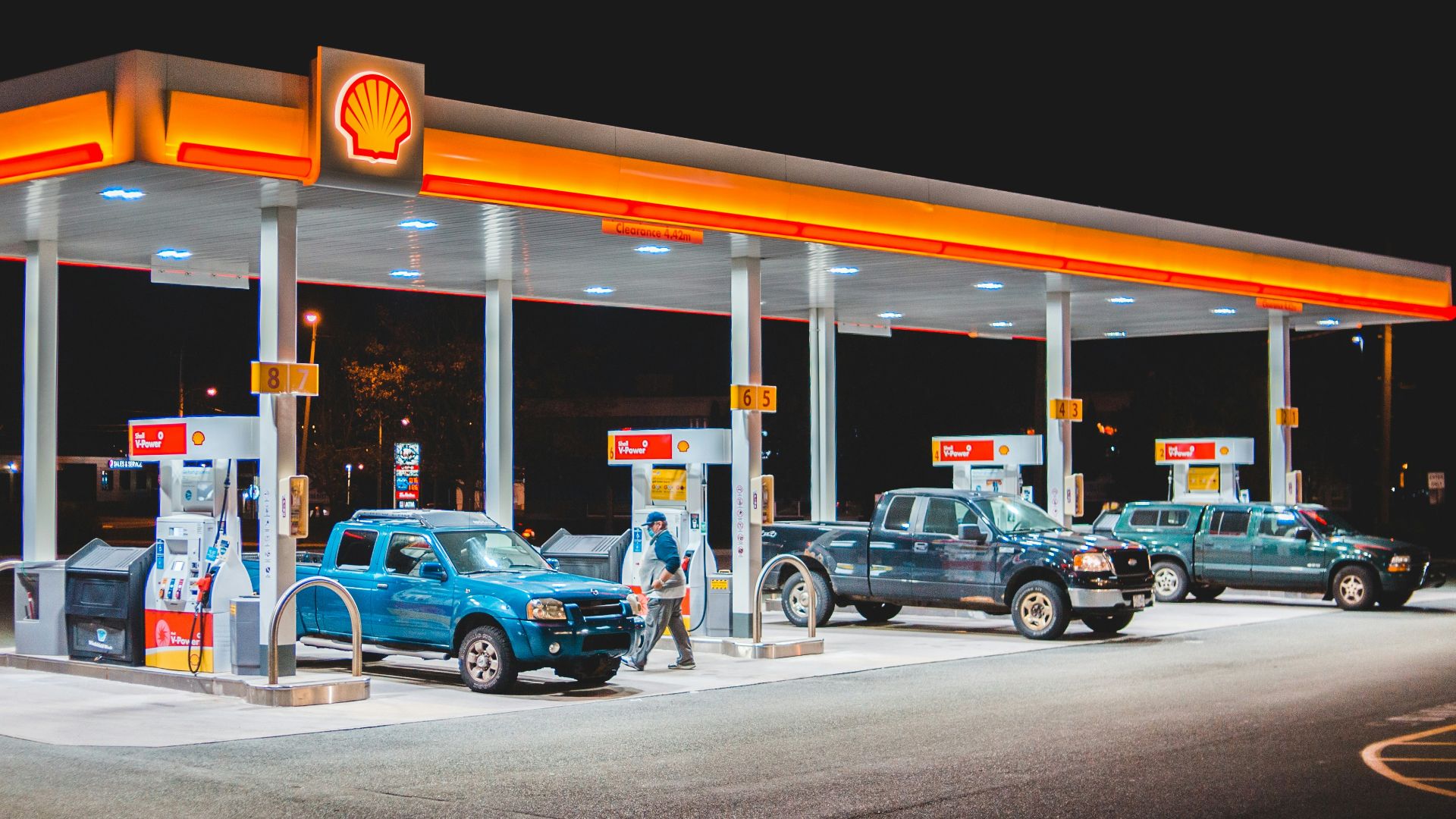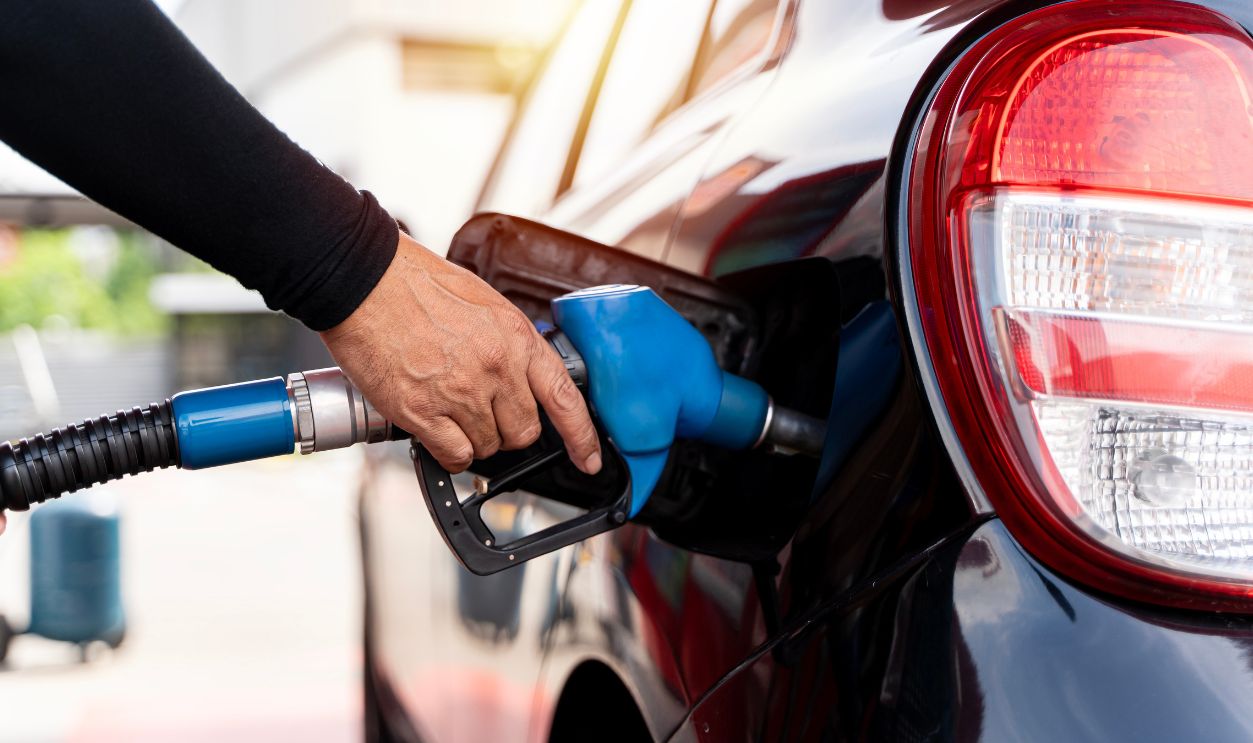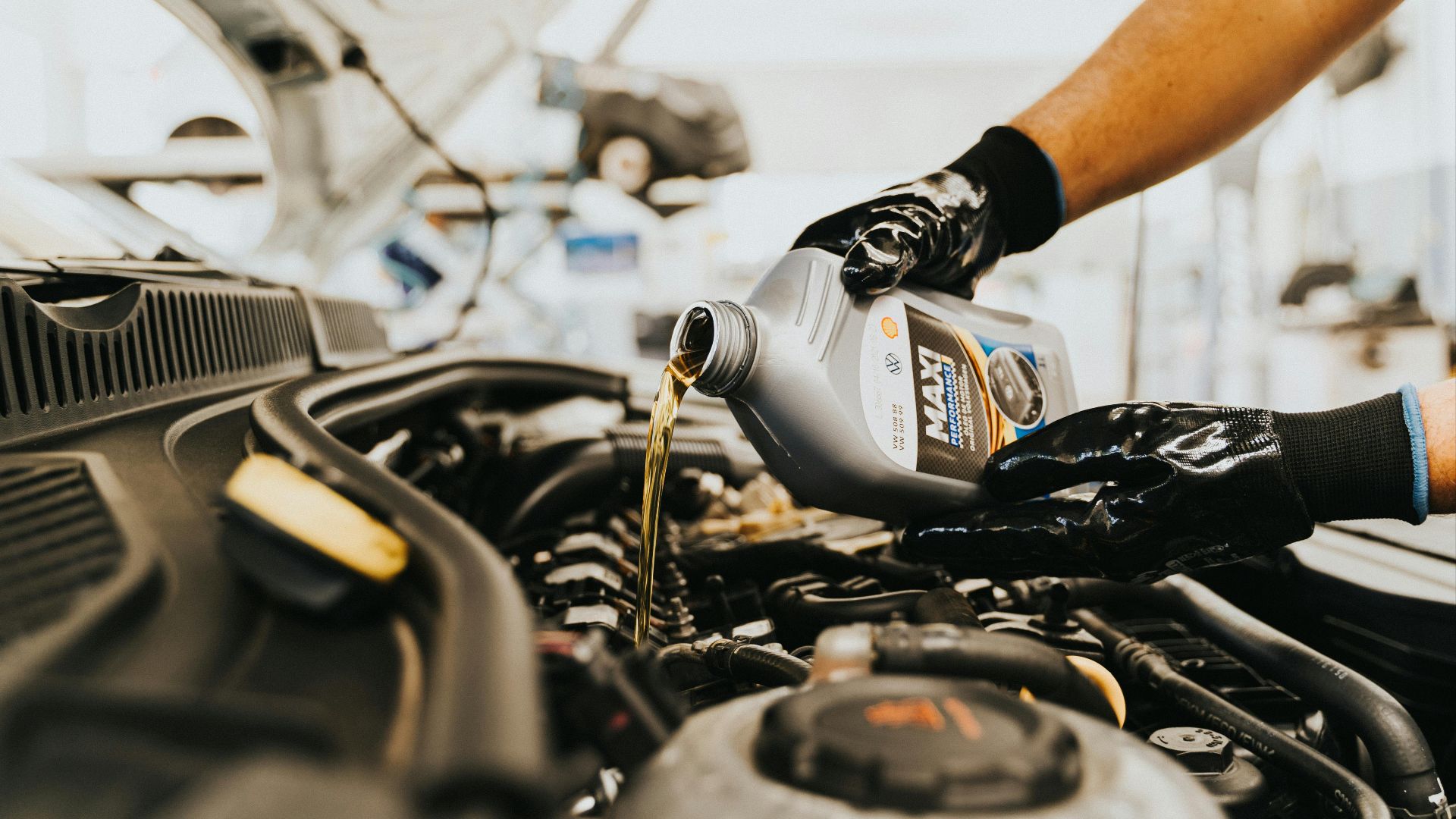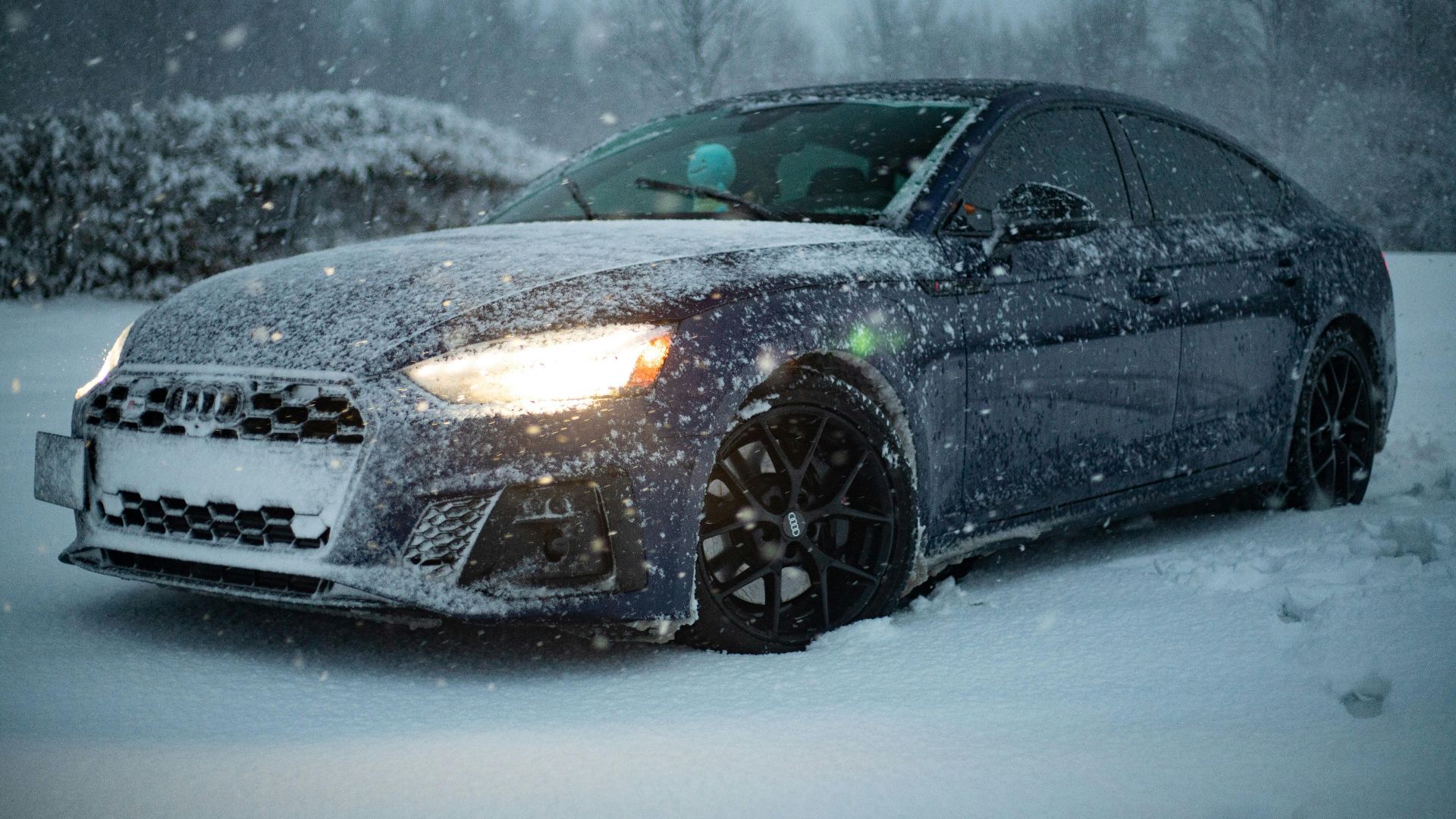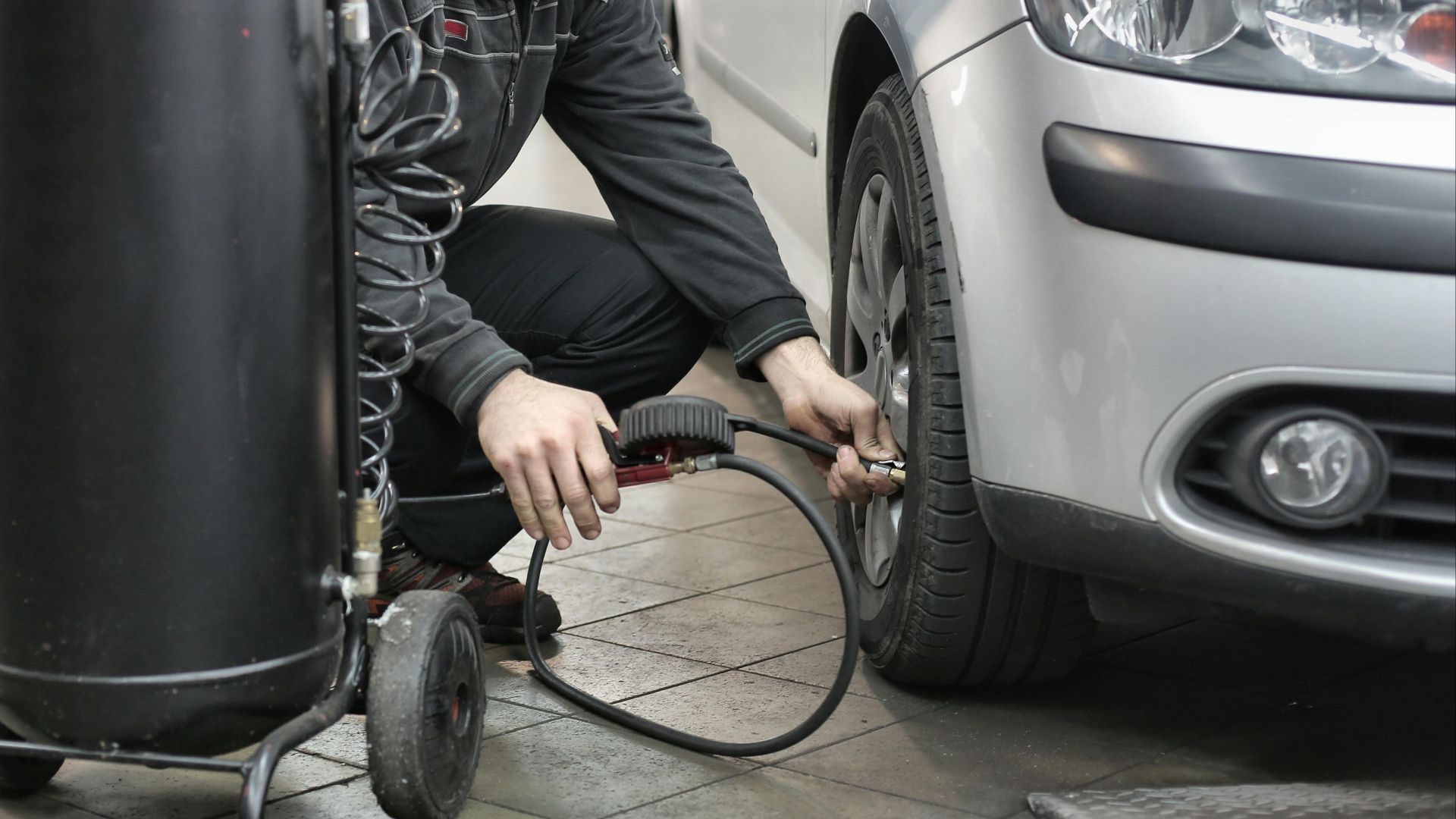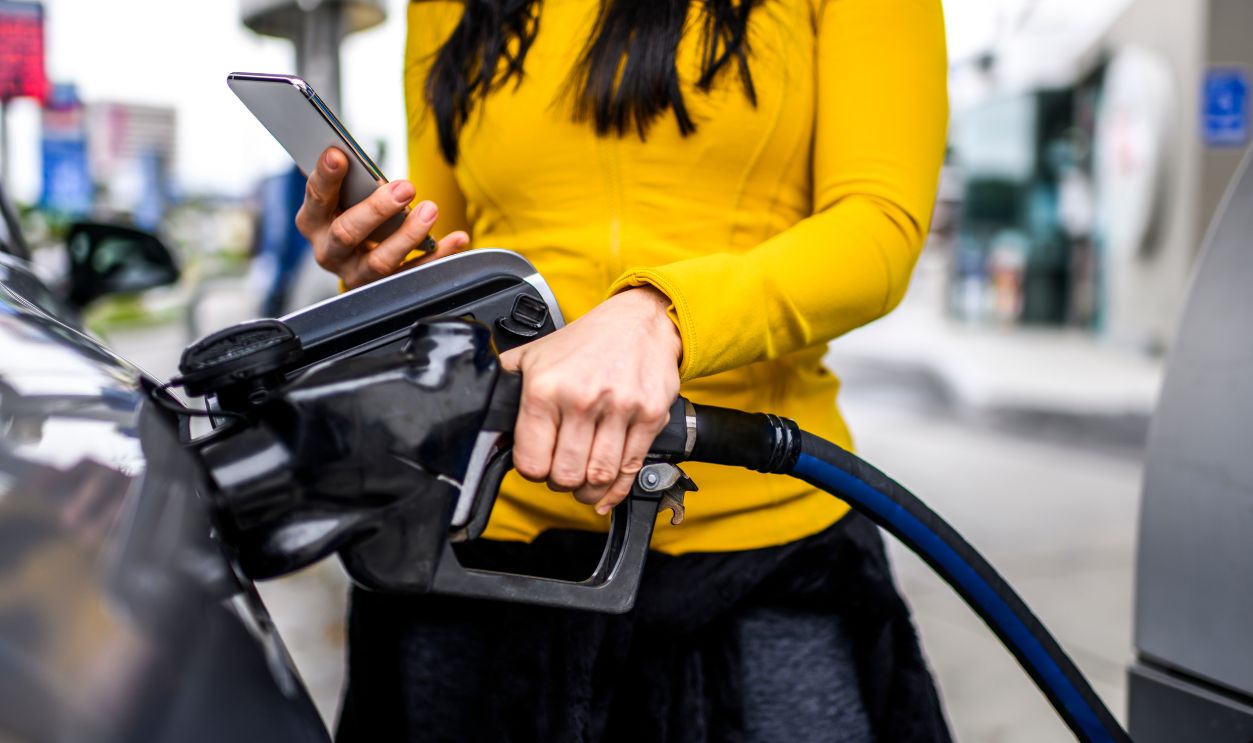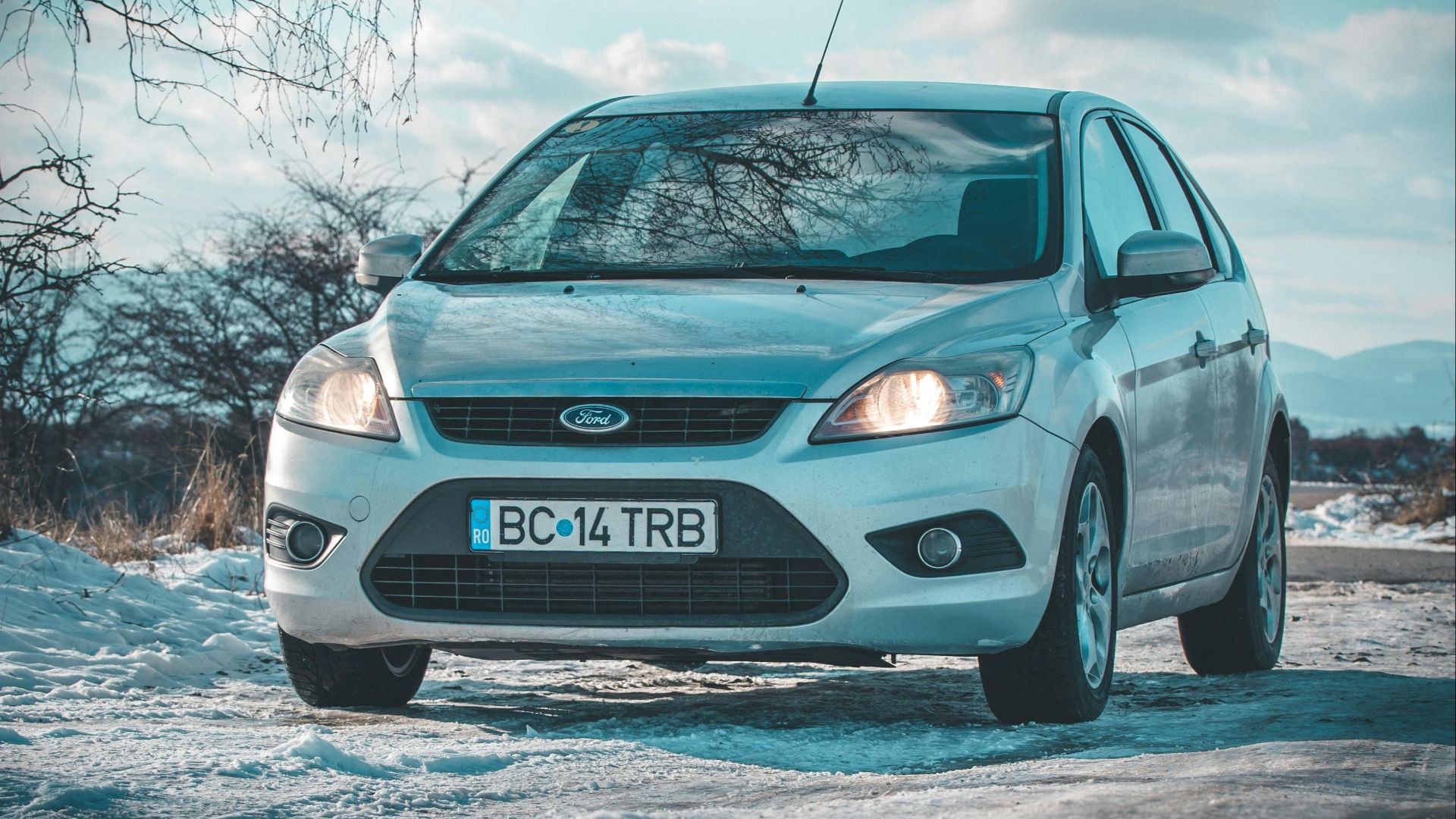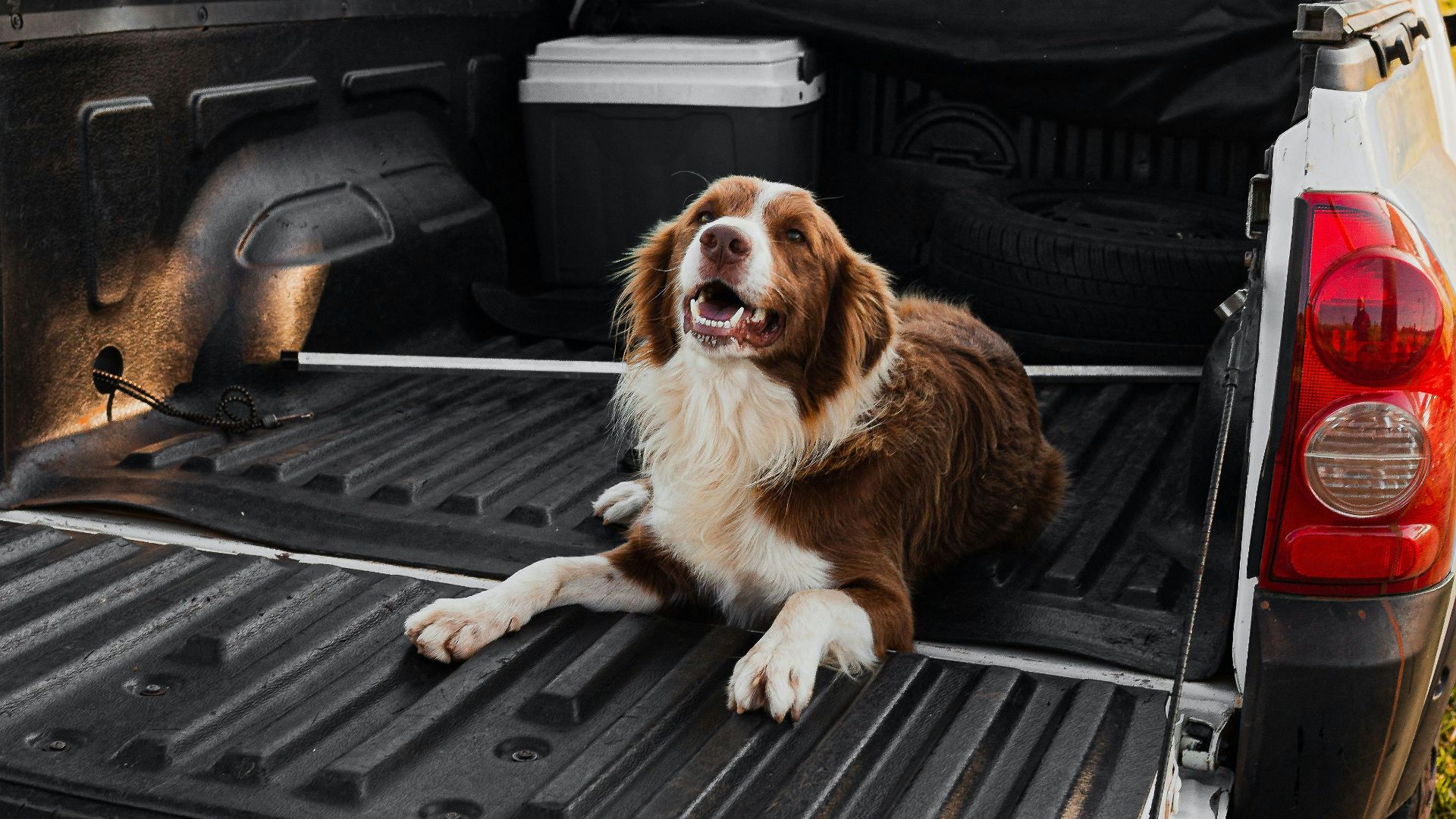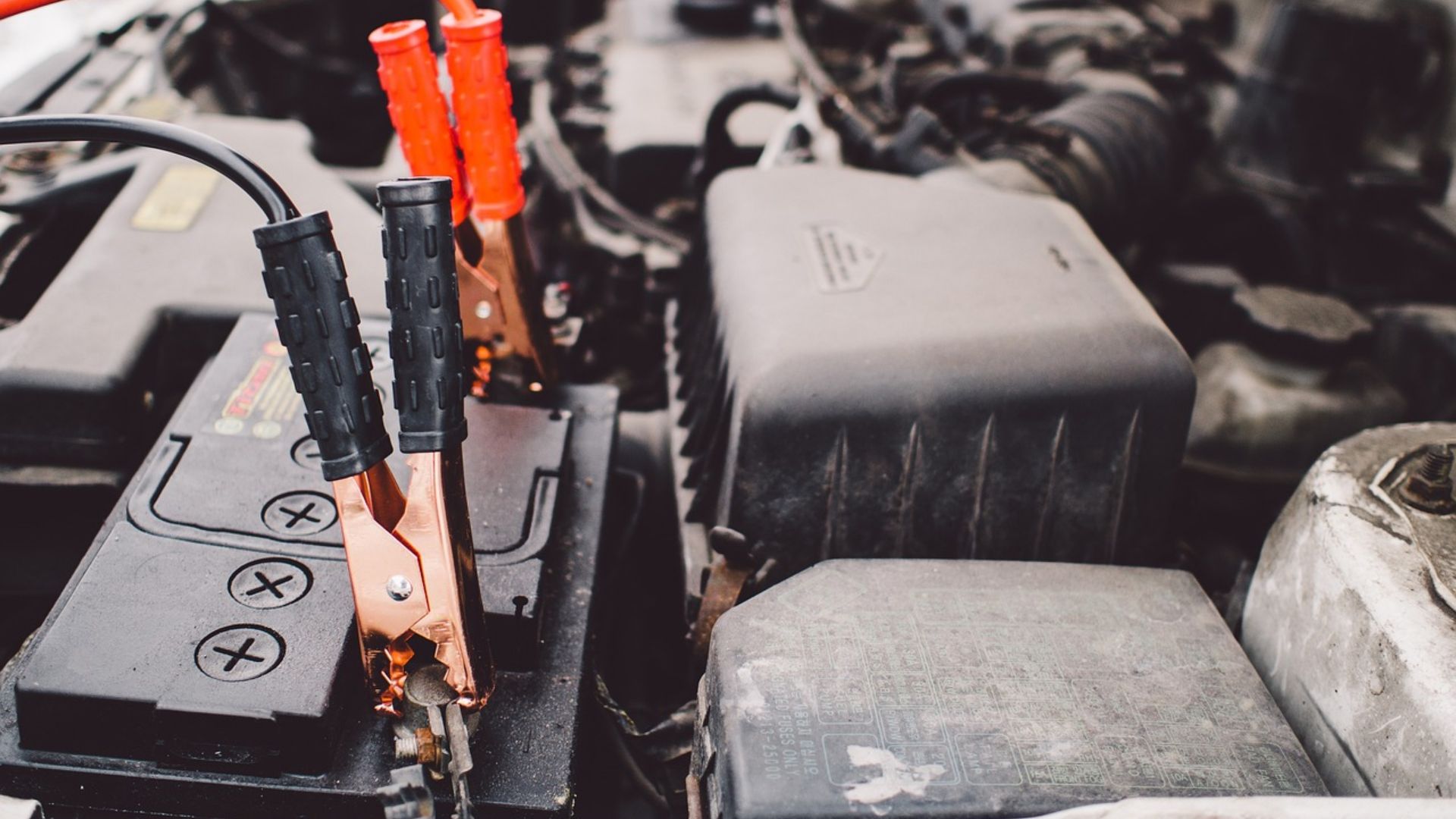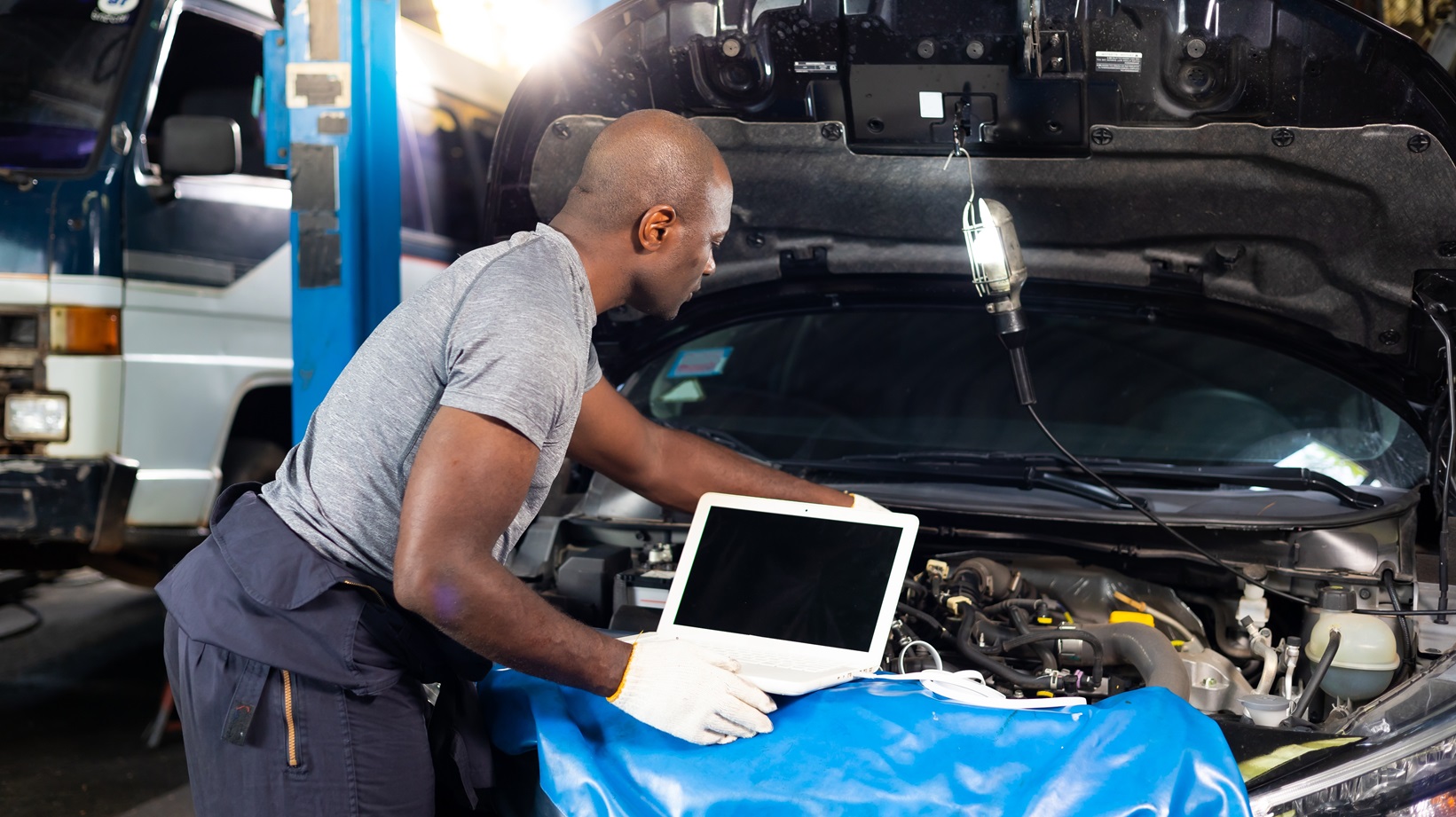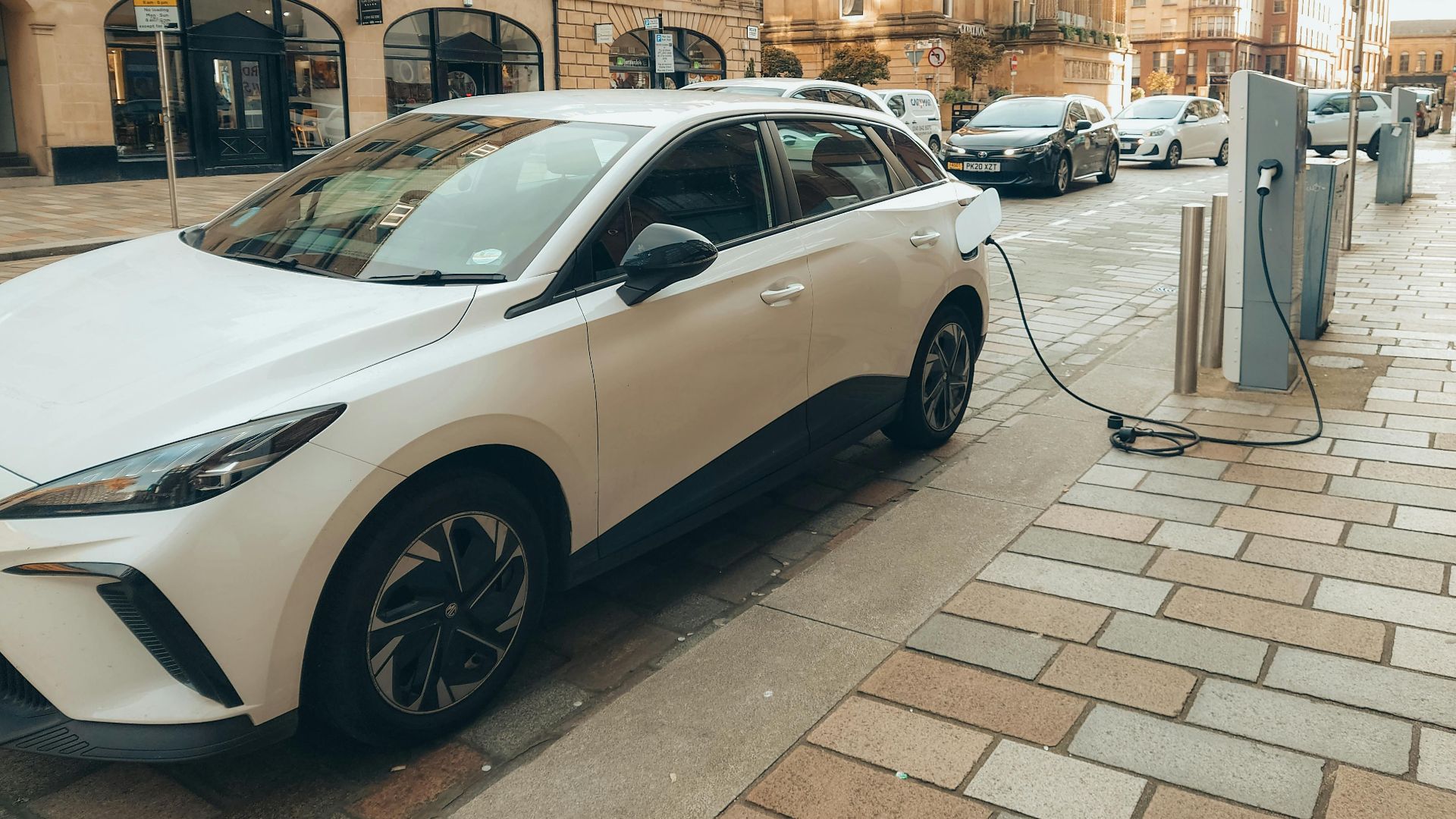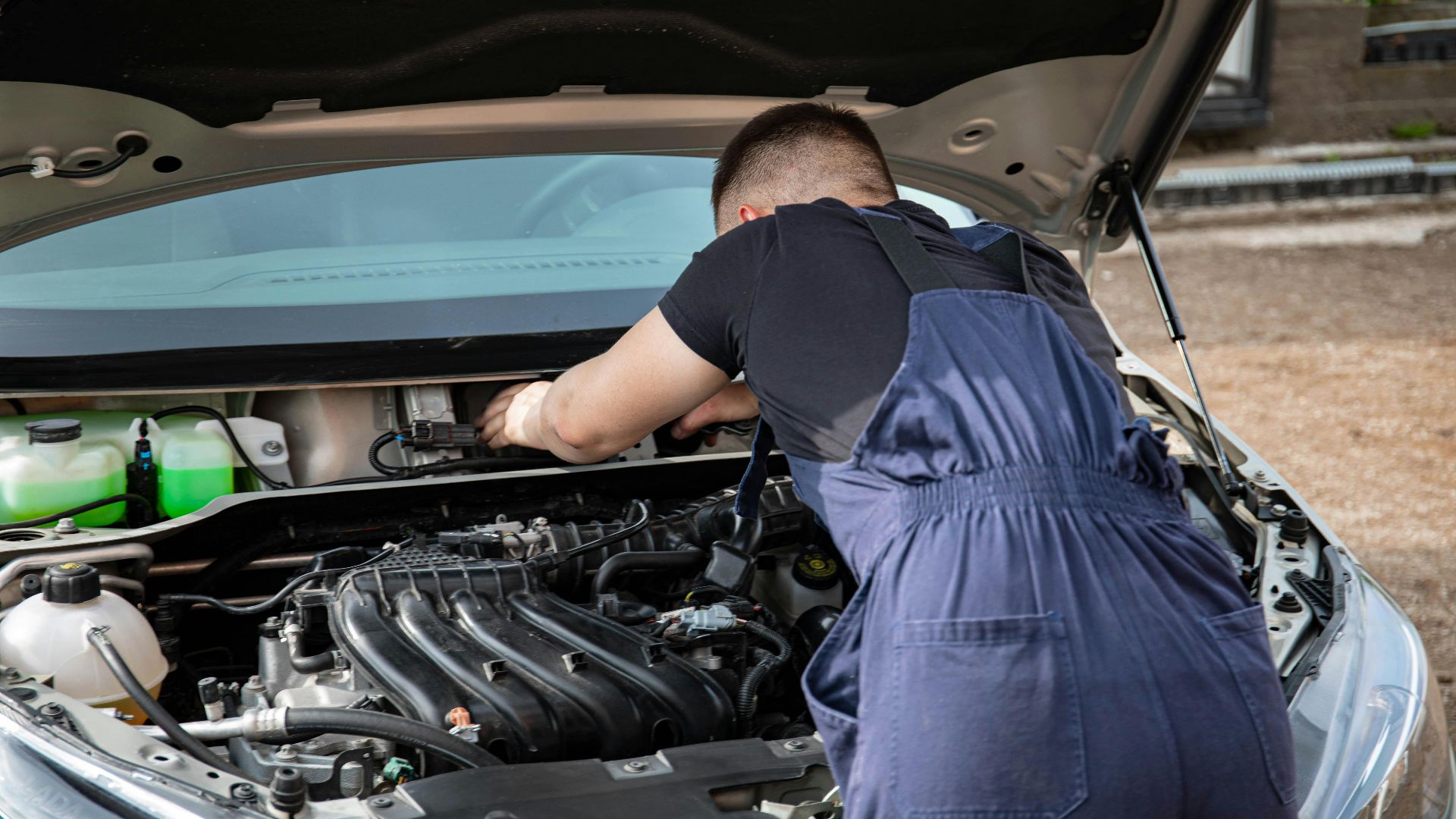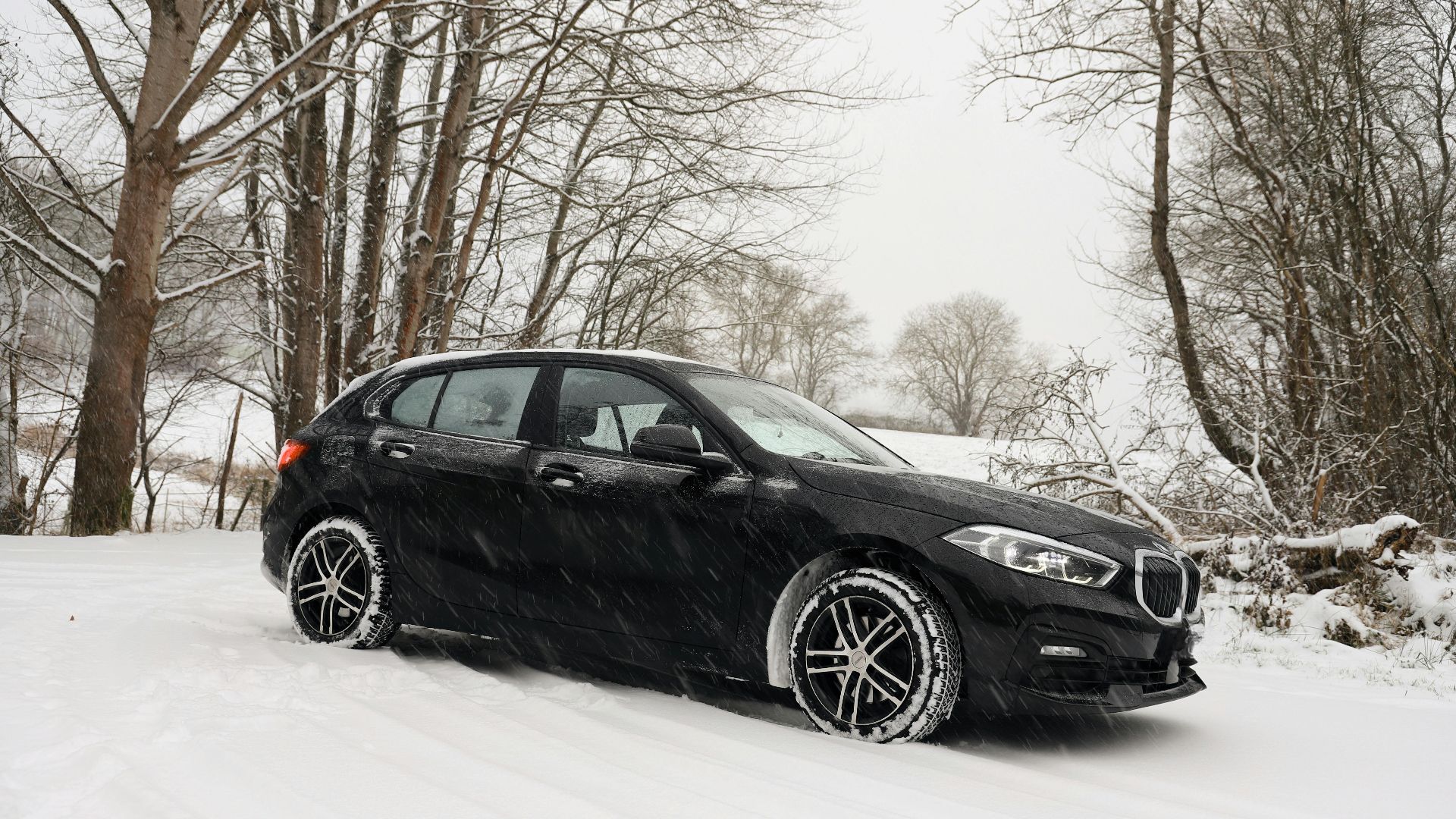Car Myths
We've all heard that it's bad to drive on tires with low pressure. And you know what? That's true. It is dangerous and can be detrimental to your vehicle. But while that's true, there are a bunch of car facts we all think are true, but are absolutely not. Like...
Bigger Cars Are Safer
Yes, some large vehicles do have higher safety ratings than many sedans. However, larger trucks and SUVs are more top heavy, which does make them more likely to rollover in a crash situation.
 Rutger van der Maar, Wikimedia Commons
Rutger van der Maar, Wikimedia Commons
Red Cars Are More Expensive To Insure
If you've always wanted a red car but have been avoiding getting one because you heard that they were more expensive to insure—go ahead and get it because that isn't true. According to the Insurance Information Institute, the color of a car is not a factor in the cost of insurance.
Also...
Red Cars Get More Speeding Tickets
Like with insurance costs, the color of the car has nothing to do with whether or not it gets pulled over by the cops. That has to do with the driver's behaviour. Drive safe and don't speed and the color of your car won't matter to the cops in the least.
Driving With Interior Lights On Is Illegal
Many of us of a certain generation have vivid childhood memories of turning on the car's interior lights and getting immediately reprimanded by our parents in the front seat—telling us it was against the law to do so. Well, the truth is, it isn't. Yes, the police may pull you over if they notice the lights on for an extended time and they think it might be distracting you. But that would only be to issue a warning. There is no actual law against it.
Premium Gas Is Worth It
Not all the time, it isn't. Sure, some high-end, sports, and luxury cars do require the pricier fuel to run properly—but for most of us, our non-premium cars don't require it and don't get any value from it. Gas is already expensive—so, don't pay more if you don't have to.
Auto Start/Stop Uses More Gas
Auto start/stop is a fairly common technology found in newer cars that automatically shuts off the engine when the car is stationary (like at a red light, or in stopped traffic), and then restarts it when the accelerator is pressed.
Not only does this not use more gas—it's designed to actually save fuel and reduce emissions.
But what about the starter, you ask?
 Bindydad123, CC BY-SA 4.0, Wikimedia Commons
Bindydad123, CC BY-SA 4.0, Wikimedia Commons
Auto Start/Stop Wears Out Your Starter
We get it: It makes sense that you might worry about the state of your starter with that much more stopping and restarting. But there's no need to worry. Cars with the auto start/stop technology use more heavy-duty starters designed to handle it.
 Kobie Mercury-Clarke, CC BY 2.0,Wikimedia Commons
Kobie Mercury-Clarke, CC BY 2.0,Wikimedia Commons
Fuelling Up Early Gets You More Gas For Your Money
When it's cooler, fuel is denser and, therefore, gassing up earlier in the morning will get you more gas for your money. Well, at least that's the theory that has had many of us filling our tanks as early as possible for years. But guess what? When you fill up doesn't matter.
Gas is stored underground in tanks that are designed to avoid temperature fluctuations—and any slight density variations that the temperature may cause are so slight, they wouldn't be noticeable as far as the amount of gas you're getting.

History's most fascinating stories and darkest secrets, delivered to your inbox daily.
Change Your Oil Every 3,000 Miles
For a certain generation, this 3,000-mile marker was ingrained in our heads—and for many of us, it's still there. But it doesn't have to be. Generally, 5,000 to 10,000 miles is the new oil change distance (but check your manual to know what your specific vehicle recommends).
You Have To Warm The Engine In Cold Weather
Raise your hand if this sounds familiar: It's cold outside, so you start your car then head back into the house to finish getting ready and let the engine warm up. Well, you can stop doing that right away. Yes, letting it warm up for a minute or so is a good idea, but idling there for many minutes isn't just unnecessary, it isn't great for the car either.
Air Conditioning VS Rolling Down Windows
Have you heard that using air conditioning conserves fuel, as opposed to rolling down your windows which causes drag and uses more fuel? Well, you heard wrong! While it's true that having the windows down does cause some extra drag and does affect fuel efficiency—the effect is really minimal. As opposed to using the air conditioning—who's effect on fuel consumption is more than minimal.
Always Inflate Your Tires To The Number Listed On The Sidewall
As you probably know, there is a number listed on the sidewall of your tires. That number is the max inflation pressure for the tire...but not the car. Different cars have different tire pressure requirements, so check the tire information sticker on the driver's door jam and ignore that sidewall number.
Using Your Cell Phone And Pumping Gas Could Cause An Explosion
This one is probably more generational—as it dates back to the early days of cell phones, when some people actually feared wireless signals could spark and ignite fuel vapors (no joke). Just to confirm—there is no scientific evidence to support that theory, nor has there ever been an incident in which it happened.
With that being said...
You Can Sit In Your Car While Fuelling Up
Using your cell phone while gassing up your car isn't dangerous at all—but sitting in your car can be. You see, walking can cause a buildup of static electricity and if you then get back into your car, that static can be discharged—which doesn't mix well with gasoline vapors.
So, you can be on your phone, but just stay out of the car until you're all done.
Winterize Your Vehicle
Yes, winters, especially in some places, can be pretty harsh. But you know what? Cars are made to handle that harshness. There is no need to do any kind of winterizing like different oil or a coolant refresh. Of course, you want to put on good winter tires—but that's pretty much it. On most cars, everything else is already pretty much designed and engineered to deal with the weather changes.
And speaking of winter driving...
All-Wheel Drive Is Best For Winter Driving
It seems like many of us have a false understanding of what all-wheel drive actually is. According to Consumer Reports, the purpose of AWD is to improve how a car starts moving from a dead stop—and in fact, AWD provides no real benefits to winter driving in the snow. Front-wheel, and especially four-wheel drive, are better in snow conditions than AWD. And don't forget the good winter tires!
And one more snow one...
Trucks Are Better Than Cars In The Snow
Again, not necessarily true. You see, many trucks are rear-wheel drive and that can lead to much more fishtailing and getting stuck in the snow—especially with an empty cab in the back and no weight over those rear tires.
And while we're on the subject of trucks...
Leaving The Tailgate Down Is More Fuel Efficient
You probably know someone who owns a truck who swears to you that when the cab is empty, leaving the tailgate down makes the car more aerodynamic and saves on gas. Well, you can tell them that Consumer Reports did tests and found that that was not the case. In fact, doing so makes the truck less fuel efficient and they'll need to fill up more often.
Automatic Gets Worse Gas Mileage Than Manual
If you prefer a manual transmission, then that's great—go with it. But don't just go manual because you think it gets better gas mileage—because it doesn't...anymore. Sure, in the past, automatic transmissions and their torque converters were less than 100% efficient. However, technological advancements have equaled the playing field when it comes to gas mileage.
Jumpstarting The Battery Charges It
We've all needed a jumpstart at some point in our car driving lives. But while the act of jumpstarting will get the battery running again and get you off on the road—it isn't a permanent fix for a dying battery. You are still going to have to replace it (and probably sooner than later).
Get A Tune Up Every Six Months
Now, in this case, there's nothing wrong with getting a tune up every six months. It's obviously not bad for your car. However, it is a rather frequent hit on your wallet and it really isn't necessary. Many experts suggest that older cars get a regular tune up every 30,000 to 45,000 miles and that number can go up to 50,000 for newer vehicles. Most of us probably aren't doing that kind of mileage every six months.
Hybrid Vehicles Are Slower
This might've been true in the early days of hybrid cars, but not anymore. For the last decade or so, hybrid manufacturers have made improvements in fuel-efficiency and weight that have brought hybrids up to speed (pun intended) with regular gas vehicles.
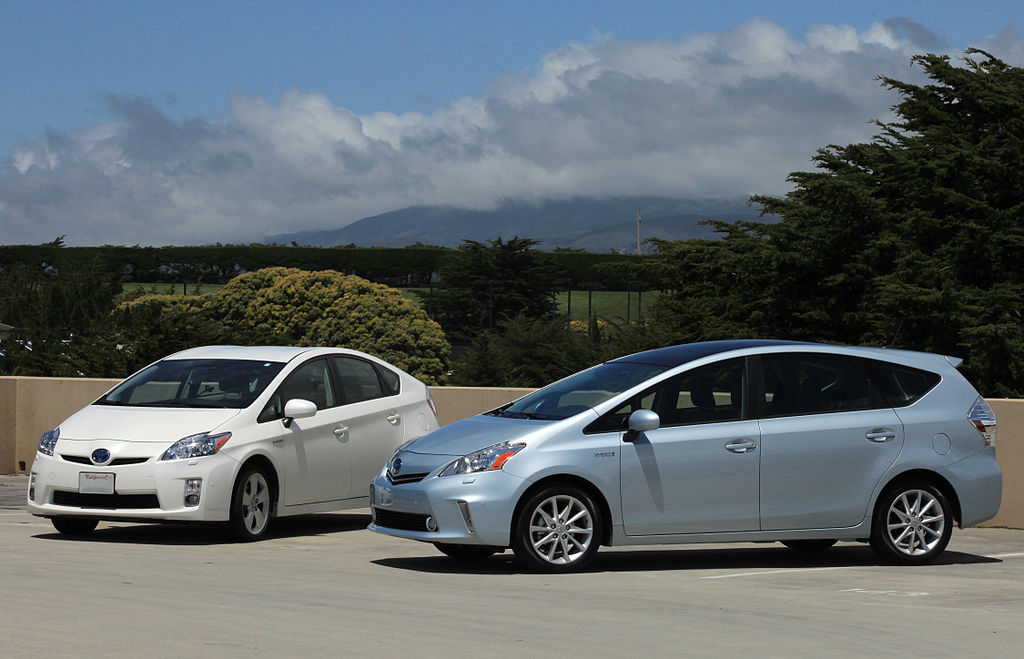 Robert Scoble, CC BY 2.0, Wikimedia Commons
Robert Scoble, CC BY 2.0, Wikimedia Commons
Hardtops Are Safer Than Convertibles
The Insurance Institute for Highway Safety (IIHS) reports that overall accidents and death rates aren't any higher in convertibles than they are in hardtops.
Electric Vehicles Don't Need Maintenance
It is true that EVs require much less maintenance than internal combustion engine cars, but they still do require some (check tire pressure, rotate tires, replace cabin filter, wheel alignments, replace worn down brakes)
Which leads us into...
Electric Vehicles Are More Expensive To Own
Yes, the initial purchase price of an EV as compared to a similar-type gas vehicle is going to be higher. But looking at things like fuel versus electricity costs and lower maintenance fees—in the long run, it is almost always going to be cheaper to own an electric vehicle. According to some estimates, you're looking at (on the high end) up to $11,000 in savings over the life of the vehicle.
Servicing Your Car At An Unauthorized Dealer Will Void The Warranty
Not only is this not true, but in the United States, the Magnuson-Moss Warranty Act makes it illegal for a car manufacturer or dealer to claim that.
Electric Vehicles Are Actually Worse For The Planet's Climate
This is something you used to hear a lot when electric vehicles first came onto the scene, but we still hear people making that claim these days—arguing that the production of the EV batteries produces more greenhouse gases. And while that is true for the initial production of the cars and the vehicles end-of-life—the overall lifetime production of greenhouse gases from gasoline cars is significantly higher.
Driving Slower Saves Gas
This one is true—but it depends on how slow we're talking. Generally, the most fuel-efficient speed for most cars is around 50-60 mph. Going faster than that burns more fuel—but going slower than that puts the car in a lower gear which uses more fuel to maintain.
It's Ok To Drive On Winter Tires All Year Long
Hey, if they're safer in the winter than they have to be safer in the summer as well, right? Wrong. Winter tires are designed for winter—they have a longer stopping distance, harder handling, and they wear out faster. Once the temperature is regularly above 40 degrees Fahrenheit, you should get those winter tires off and throw on the summer ones.
You might also like:
Strange NASCAR Rules Most Fans Don't Even Know About


